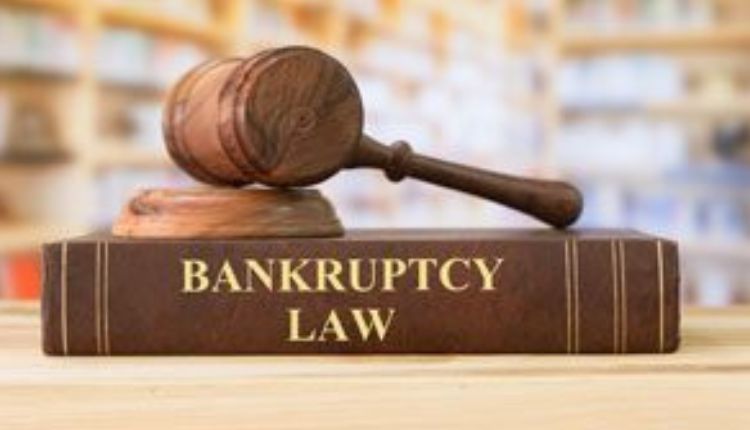Chapter 11 business bankruptcy attorney
Chapter 11 business bankruptcy attorney lawsuits filed under Section 11 of the U.S. Bankruptcy Act are often referred to as ‘restructuring’ bankruptcies. Generally, the debtor remains ‘on hand’ and can act with the powers and duties of a judicial officer and borrow new money with judicial leave. If a rehabilitation plan is proposed, affected creditors can vote on the plan, the plan can be approved by the courts if it gets the necessary votes and certain legal requirements are met.
Key points to focus:
- Chapter 11 bankruptcy allows businesses to stay in business and rebuild their debt.
- If a company applying for Chapter 11 decides to propose a restructuring plan, it should be done in the best interest of its creditors.
- If the borrower does not present a plan, the borrower can present a plan.
- Many large companies, including General Motors and Kmart, used Chapter 11 bankruptcies as an opportunity to restructure their debt while operating.
What does a chapter 11 bankruptcy attorney do?
- A Chapter 11 bankruptcy attorney can detail different aspects of your particular situation and guide you through the complex bankruptcy process.
- Documentation required for Chapter 11 varies. A bankruptcy attorney can advise you on the financial information you need to file a petition and prepare a petition to avoid mistakes that could delay or delay your bankruptcy. When the petition is ready, the attorney presents it to the U.S. Bankruptcy Court.
- During bankruptcy proceedings, a lawyer will work with a court-appointed liquidator to handle your bankruptcy on your behalf. Your attorney also represents your interests at creditors’ meetings.
- If you need other documents, your attorney will help you prepare and present them.
- A bankruptcy attorney will guide you through all other steps and act on your behalf until your bankruptcy is resolved.
Bankruptcy attorney process possible steps:
- Get prepared
- File for bankruptcy
- Submit a reorganization plan
- Confirmation and discharge
In which situations filing bankruptcy makes sense:
- Small business:
Small and medium business operators wishing to continue their business can obtain debt relief through Chapter 11 bankruptcy procedures. If your small business is struggling to make ends meet, Chapter 11 won’t help.
- Large businesses:
Large companies that want to avoid the sale or liquidation of their companies can reorganize and eliminate enough debt for their shareholders to continue working.
- Creditors:
Creditors can force Chapter 11 into bankruptcy if the debtor overpays and is unable to pay off the debt.
- Individual:
Individuals whose debts exceed the Chapter 13 bankruptcy threshold ($465,275 unsecured debt and $1,395,875 secured debt) can apply for Chapter 11. People with low debt may choose Chapter 11 if the filing rate is lower than the fees charged in Chapter 13 bankruptcy.
How to file chapter 11 bankruptcy:
Chapter 11 bankruptcy is complex. However, the deposit process is not that difficult. Here’s an overview of the Chapter 11 bankruptcy process.
- Chapter 11 Petition.
- Preparing financial statements and reports.
- Attend the first meeting with the borrower.
- Attendance at the creditors meeting 341.
- Submit a release with your rehabilitation plan.
- Attend public sessions.
- Attend confirmation sessions (if plan is approved)
- Get back loan payments according to your payment schedule.
Chapter 11 process includes:
- Petition
- Automatic stay
- Debtors in possession
- Meeting the creditors
- Plan proposal
- Confirmation of plan
- Plan repayment
- Debts are discharged
Cost of chapter 11 bankruptcy:
The filing fee for Section 11 of the Federal Bankruptcy Code is $1,738. By comparison, the rates of the 7th and 13th divisions are significantly lower. In addition to trial costs, Chapter 11 petitioners may pay significant costs.
Lawyers, counsellors, accountants, and counselors often play a key role in Chapter 11 applications. Some experts estimate that Chapter 11 bankruptcy costs can range from 1-5% to the value of the debtor’s assets.
Chapter 11 allows individuals to restructure large amounts of unsecured debt. Similar to Chapter 13, Chapter 11 applications allow people to pay off certain debts and, in some cases, obtain immunity from others.




